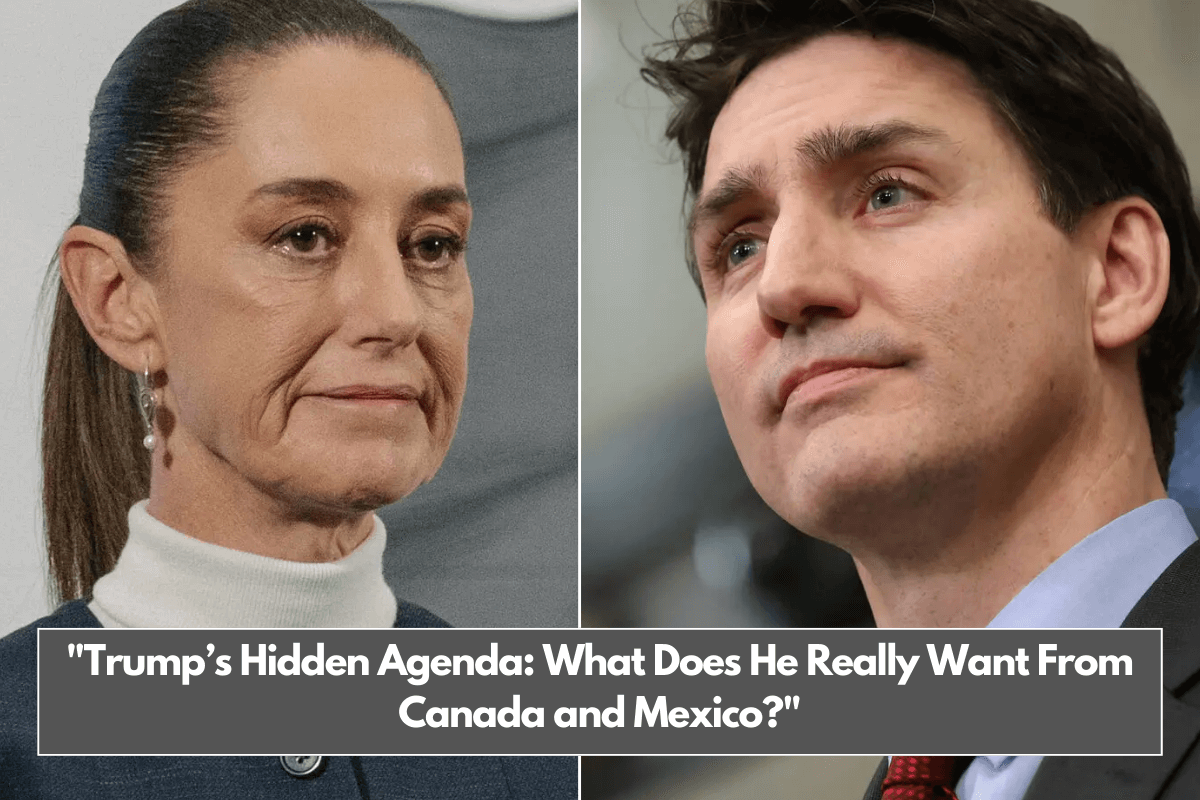President Donald Trump’s use of tariffs as a negotiation tool is marked by ambiguity and unpredictability, allowing him to claim success without setting clear benchmarks. His recent tariff threats against Canada and Mexico reflect a broader strategy to use economic pressure to extract concessions on issues like border security and the flow of illegal drugs.
What Trump Wants: Unclear Demands with Flexible Outcomes
Trump’s tariff approach is built on the idea that ambiguity can be a strength. While he has demanded that Canada and Mexico take steps to curb illegal migration and fentanyl trafficking, he has offered vague benchmarks for what constitutes success.
Canada’s Role and Response
- Fentanyl Efforts: Canada appointed a “fentanyl czar” and created a joint task force to combat organized crime and money laundering.
- Border Security: Canada highlighted ongoing border security measures as part of a $1.3 billion border plan, including deploying additional personnel and technology.
- Limited Impact: However, federal data shows that only a small portion of fentanyl seizures occur at the U.S.-Canada border, raising questions about the effectiveness of these measures in meeting Trump’s demands.
Mexico’s Commitments
- National Guard Deployment: Mexico promised to send 10,000 members of its National Guard to the U.S.-Mexico border to bolster security, a measure Trump praised.
- Ongoing Actions: Much of Mexico’s current border enforcement efforts predate Trump’s tariff threats, including seizures of fentanyl and crackdowns on clandestine drug labs.
- Illegal Crossings: Mexico had already made significant progress in reducing illegal border crossings before Trump’s recent threats.
Despite these concessions, it remains unclear what additional steps would satisfy Trump’s demands. His fluid approach means he can decide when negotiations are over and claim victory whenever it suits his political goals.
Trump’s Style: Thriving in Chaos and Uncertainty
John Feeley, former U.S. ambassador to Panama, describes Trump as a leader who thrives on chaos and headlines rather than detailed metrics. Trump’s decisions are driven more by optics and public perception than by spreadsheets or measurable outcomes.
This strategy allows him to keep the pressure on trading partners while retaining flexibility to declare success at any time. As Andrew Selee, president of the Migration Policy Institute, points out, this fluidity can benefit both sides politically:
- Trump: Gains credit for appearing tough and extracting concessions.
- Mexico’s President Claudia Sheinbaum: Can showcase her leadership in managing U.S.-Mexico relations.
Canada’s Persistent Efforts to Avoid Tariffs
Canadian officials, including Foreign Minister Mélanie Joly, have made multiple trips to the U.S. to demonstrate their commitment to border security and collaboration with the U.S. government.
- Joly recently shared a two-page report and a time-lapse video of Canada’s border work with Trump’s border czar, Tom Homan.
- Homan acknowledged Canada’s improvements but noted that Trump remains the final judge of whether enough has been done.
Mexico’s Actions and Potential Benefits
Mexico’s agreement to deploy additional troops at the border provides Trump with political leverage as he seeks to impose stricter migration policies. However, experts note that many of these measures were already underway or agreed to during previous administrations, making it unclear how much additional pressure Trump’s tariffs have added.
Broader Impacts of Trump’s Tariff Strategy
Pressure on Colombia
Trump recently threatened tariffs on Colombia for refusing to accept deported migrants, a tactic that quickly led to Colombian compliance. This pattern highlights how Trump’s blunt-force approach can achieve short-term results.
Global Reactions
- The fluid and unpredictable nature of Trump’s demands creates uncertainty for U.S. trading partners, potentially disrupting diplomatic relations and trade.
- While Trump’s strategy may yield political wins, the long-term impact on global economic stability remains unclear.
Trump’s tariff strategy leverages ambiguity to keep trading partners guessing while giving him flexibility to declare success. While this approach can be effective in the short term, its lack of clear metrics may create long-term risks for U.S. economic and diplomatic relations.
As negotiations with Canada, Mexico, and other nations continue, both sides will need to navigate the uncertainty and chaos that define Trump’s negotiation style.
